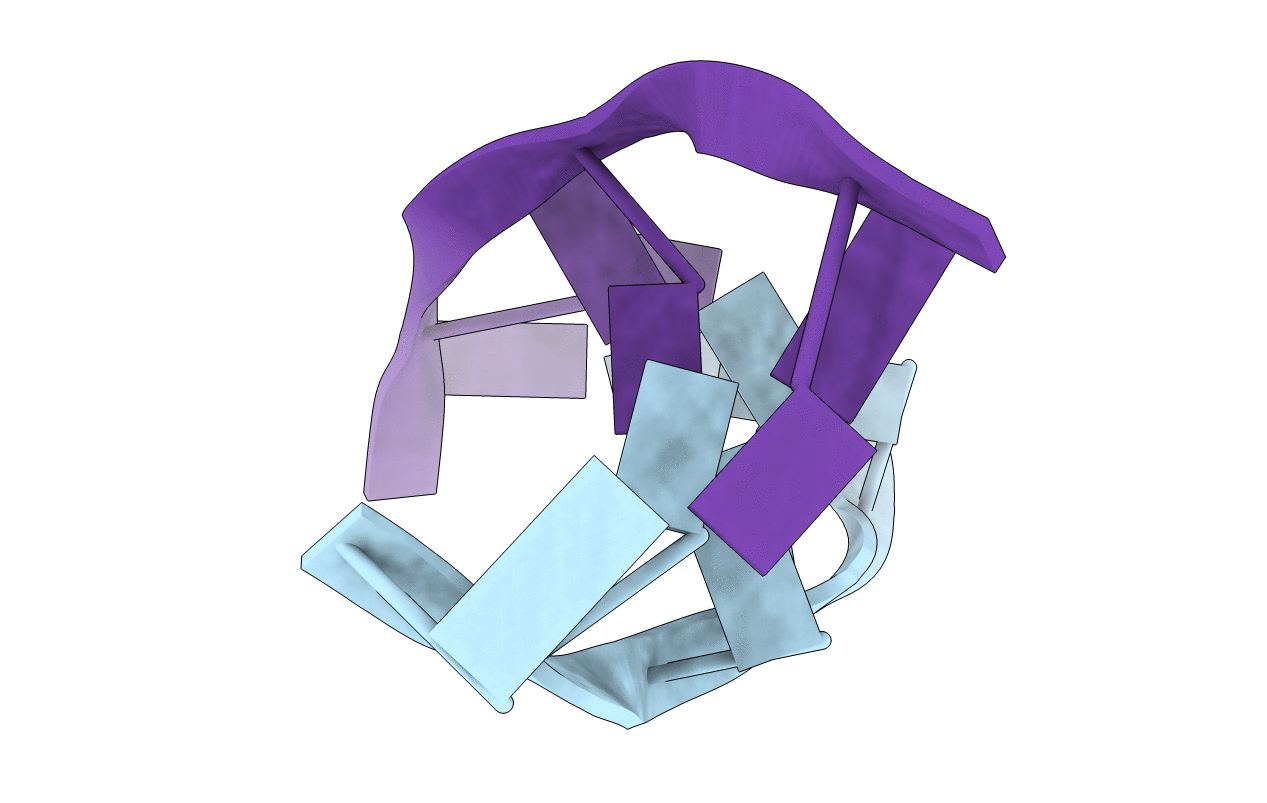
Deposition Date
1996-06-20
Release Date
1996-09-19
Last Version Date
2024-02-14
Entry Detail
PDB ID:
242D
Keywords:
Title:
MAD PHASING STRATEGIES EXPLORED WITH A BROMINATED OLIGONUCLEOTIDE CRYSTAL AT 1.65 A RESOLUTION.
Biological Source:
Source Organism:
Method Details:
Experimental Method:
Resolution:
1.65 Å
R-Value Observed:
0.17
Space Group:
P 21 21 21


